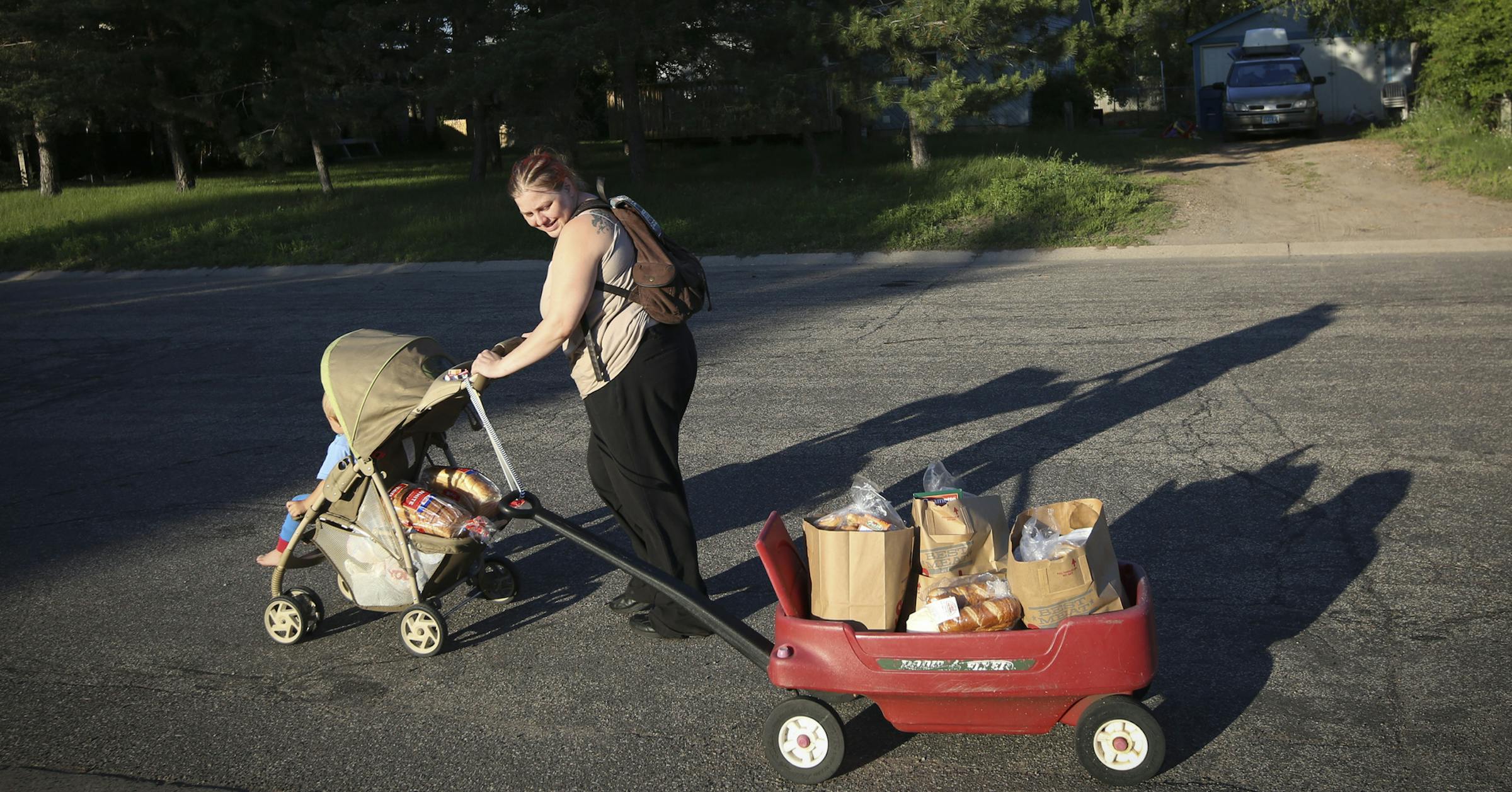WASHINGTON — A federal reconciliation bill moving through Congress could lead to significant property tax increases across Minnesota’s 87 counties, despite its authors promoting potential tax savings. The bill, known as the One Big Beautiful Bill Act, was passed by the House in May and aims to provide tax cuts for small businesses and individuals while reducing benefit allocations. However, it also shifts the financial responsibility for administering the Supplemental Nutrition Assistance Program (SNAP) from the federal government to the counties, which could result in increased local taxes.
Minnesota is one of a few states that administers SNAP benefits through county offices. Critics of the bill argue that the perceived federal savings result from a shift in administrative costs rather than actual reductions in spending. “They’re not cuts,” said Barb Weckman Brekke, a commissioner in Scott County. “These are shifts.”
Impact on Local Budgets
In Scott County, which manages approximately 2,800 SNAP cases monthly, the Association of Minnesota Counties (AMC) estimates a potential cost increase of $3.25 million, including a 4% hike in property taxes. Weckman Brekke expressed concerns about the unfunded mandate, stating, “The only way counties will be able to pay for that is through property taxes.”
Steve Schmitt, a commissioner in Meeker County, highlighted that 90% of the county’s budget is already mandated by state or federal requirements. Additional spending obligations would further strain the county’s budget, impacting services like libraries, parks, and local events. “Our property tax is going to take 100% of the hit,” Schmitt said.
Federal and State Dynamics
President Donald Trump has urged Congress to deliver the budgetary reconciliation bill by the Fourth of July. The Senate began debating the measure on Monday, with discussions focusing on provisions related to rural hospitals, Medicaid work requirements, and green energy taxes. However, the shift in SNAP funding has sparked significant concern among Minnesota officials.
Minnesota, along with nine other states, faces a unique challenge as the federal government reduces its cost-sharing from a 50-50 split to a 25-75 ratio. This change could lead to substantial financial burdens for counties, particularly those with higher SNAP caseloads. Julie Ring, executive director of the AMC, estimated the bill could impose an annual $250 million cost on Minnesota counties.
“Where we have more poverty, we have more caseloads,” Ring said. “You’re going to get more cost and less reimbursement.”
Political Reactions and Local Concerns
In the Senate, Minnesota Sen. Amy Klobuchar criticized the bill for shifting “tens of billions onto the states” under the guise of fiscal responsibility. She described the changes as the largest unfunded mandate affecting vulnerable populations such as children, veterans, seniors, and people with disabilities.
Sen. John Boozman, chair of the Senate agriculture committee, defended the bill, citing a 2023 report that found an error rate exceeding 11% for SNAP payments. “This title incentivizes states to be a better steward of taxpayer dollars,” Boozman said.
Meanwhile, U.S. Rep. Brad Finstad, a Republican from southern Minnesota, argued that states should share the financial responsibility for SNAP. “Out-of-touch state government officials squandered a $20 billion surplus in reckless spending priorities,” Finstad said.
Rep. Angie Craig, a Democrat, acknowledged the difficult decisions local officials face. “County commissioners will only have two choices,” Craig said. “Raise local taxes for it or cut county services that residents currently rely on.”
Community and Economic Implications
Local business owners and community leaders have expressed mixed reactions. Bruce Schelhaas, owner of Tracy Food Pride grocery store, noted the dual impact of potential tax cuts and reduced SNAP funding. “It’s a double-edged sword,” Schelhaas said. “For me, the tax cuts would help out. But it’s a bigger deal that you’re taking away money from people who can’t afford it in the first place.”
In Olmsted County, Commissioner Mark Thein criticized the reliance on property taxes, describing them as regressive. “Property taxes are regressive, and they hit you whether you have the money or not,” Thein said.
Linnea Mirschq, director of community and human services in St. Louis County, expressed concerns about the additional work requirements for SNAP and Medicaid. “I’m hopeful systems can make some improvements,” Mirschq said. “But these are some pretty significant, pretty detailed work requirements.”
St. Louis County could see a 6% increase in its property taxes, according to AMC estimates.
This federal shift in SNAP funding comes shortly after Minnesota’s legislative session, which also saw increased financial pressures on counties. “When they get creative, we start to scratch our heads out here,” Schmitt said. “Oh boy, that’s not going to work.”
As the Senate continues to debate the bill, Minnesota counties brace for potential financial challenges, weighing the impacts on local services and taxpayers.
